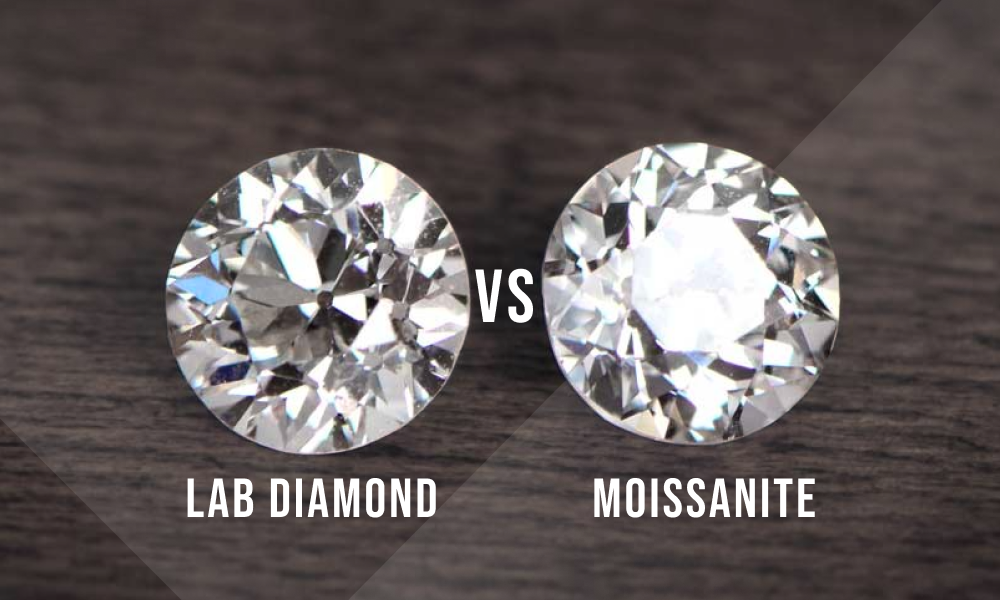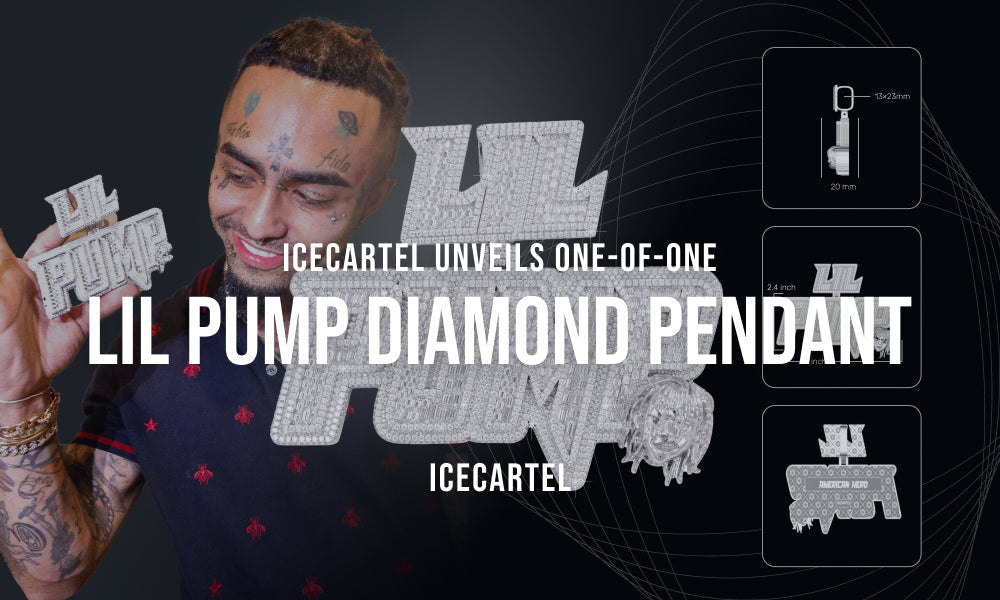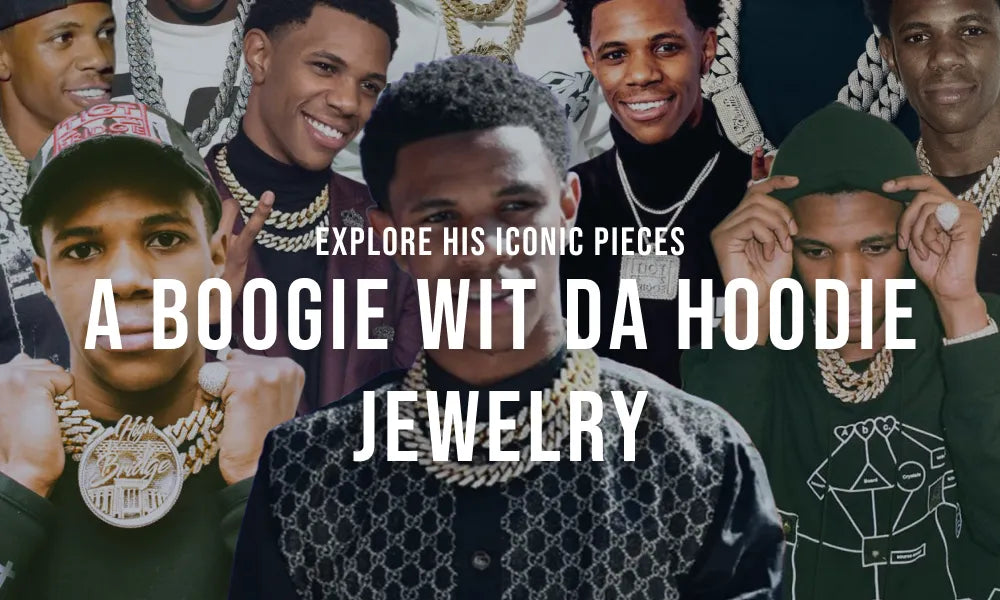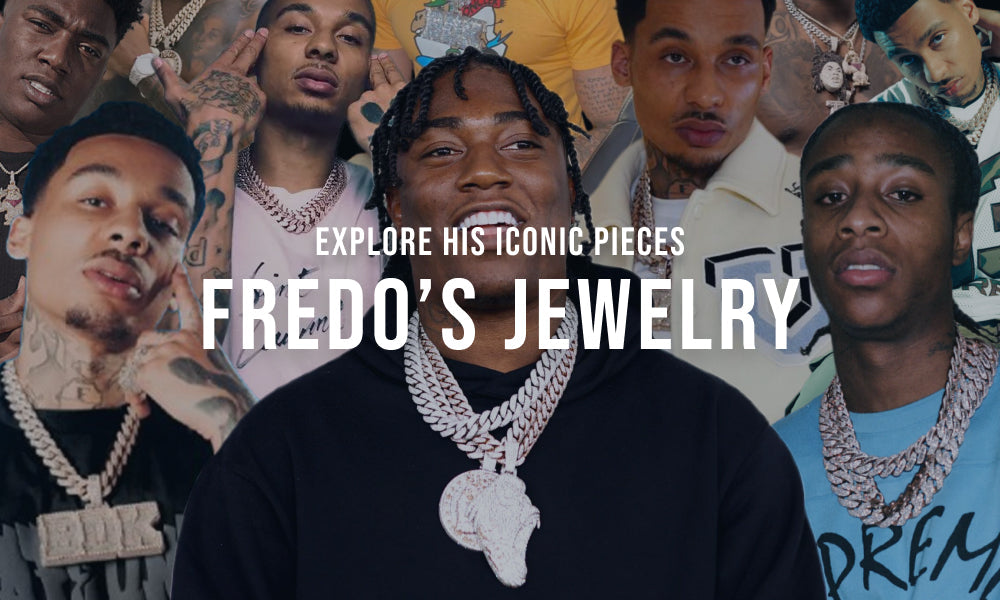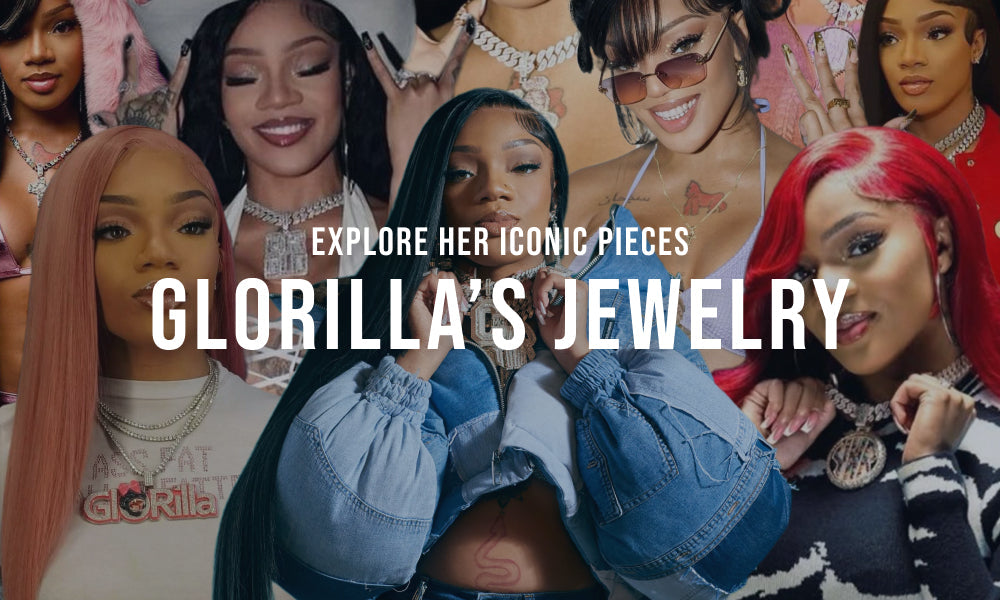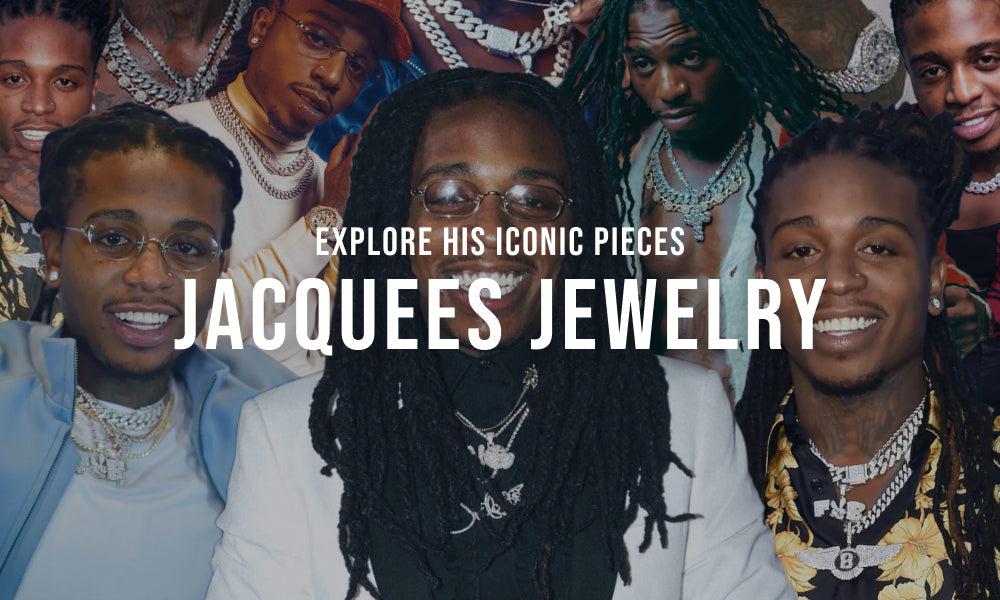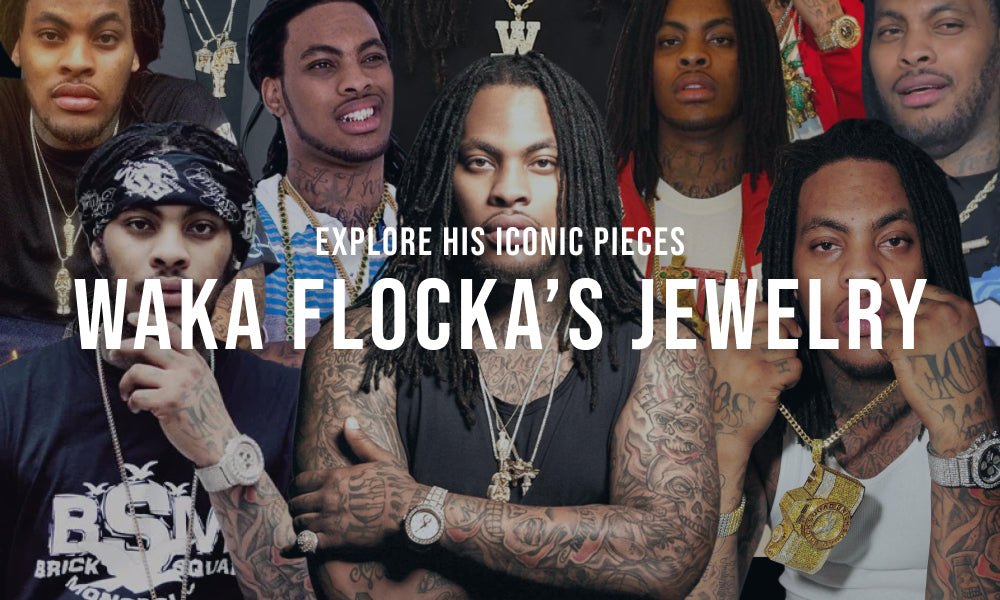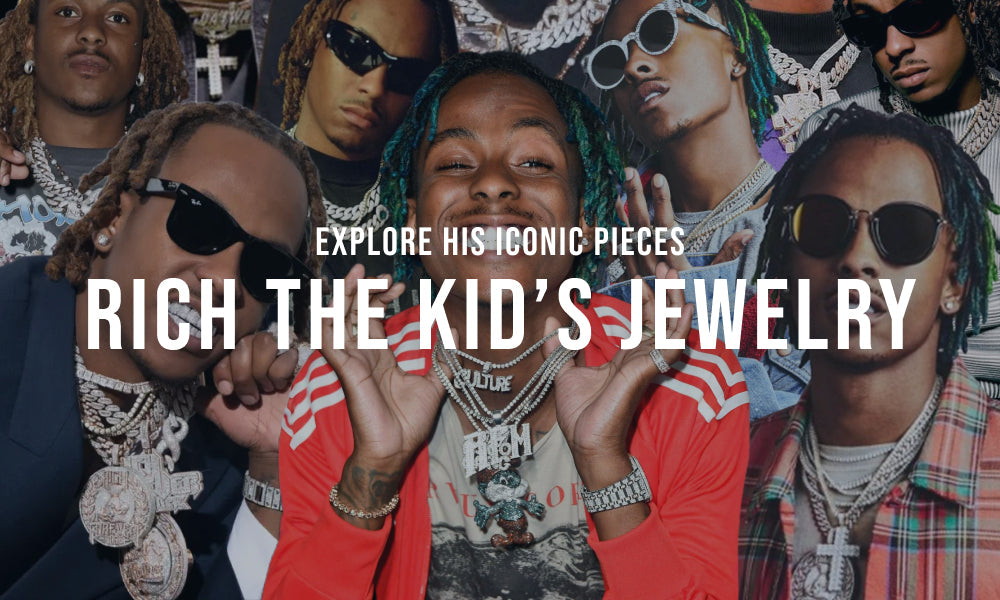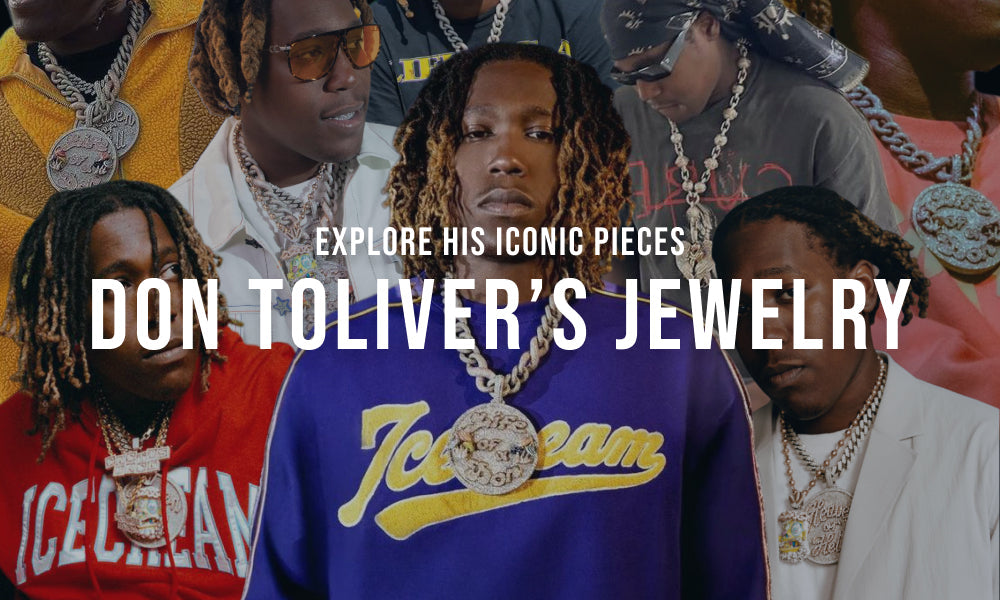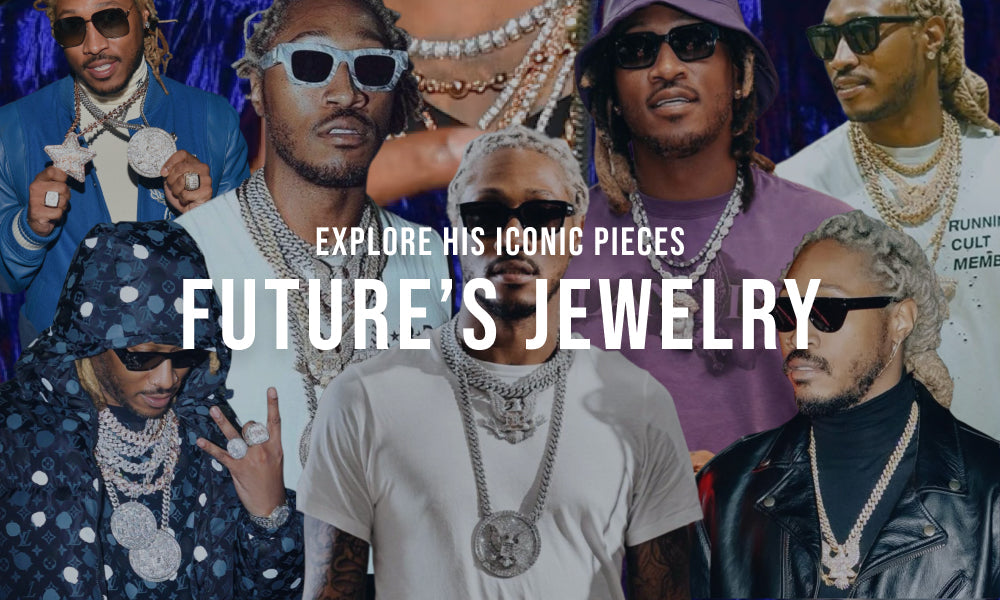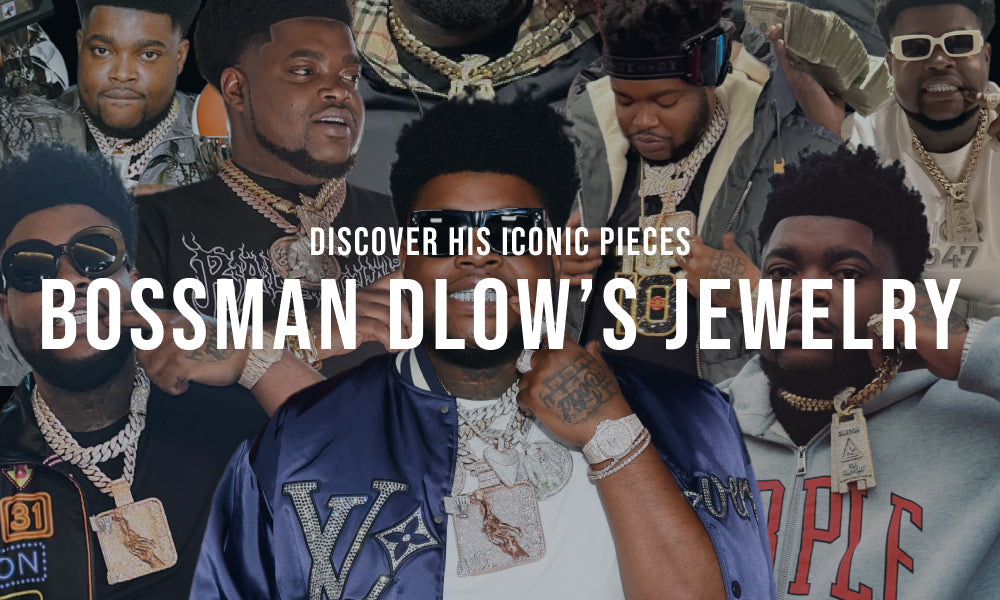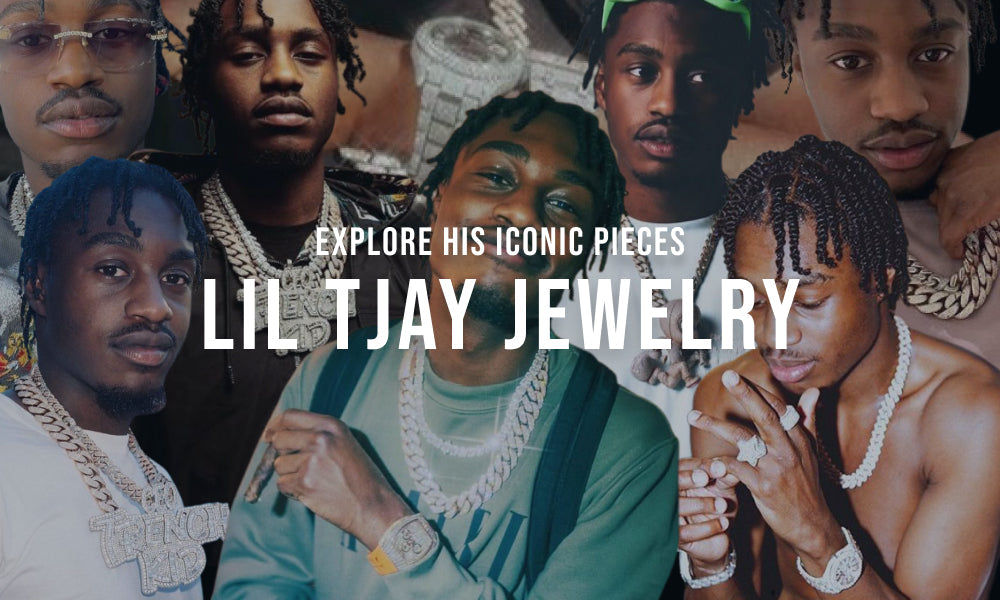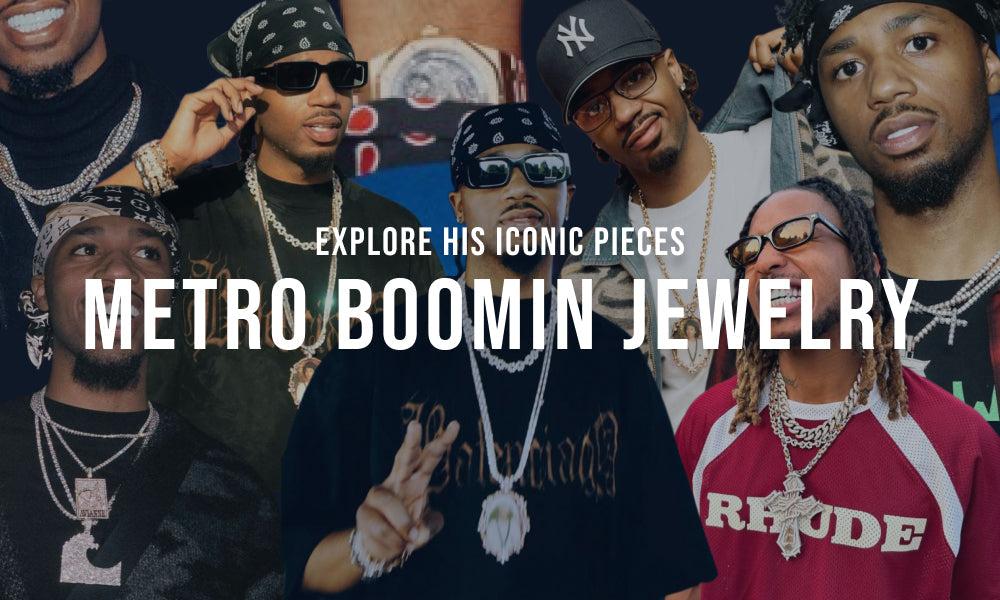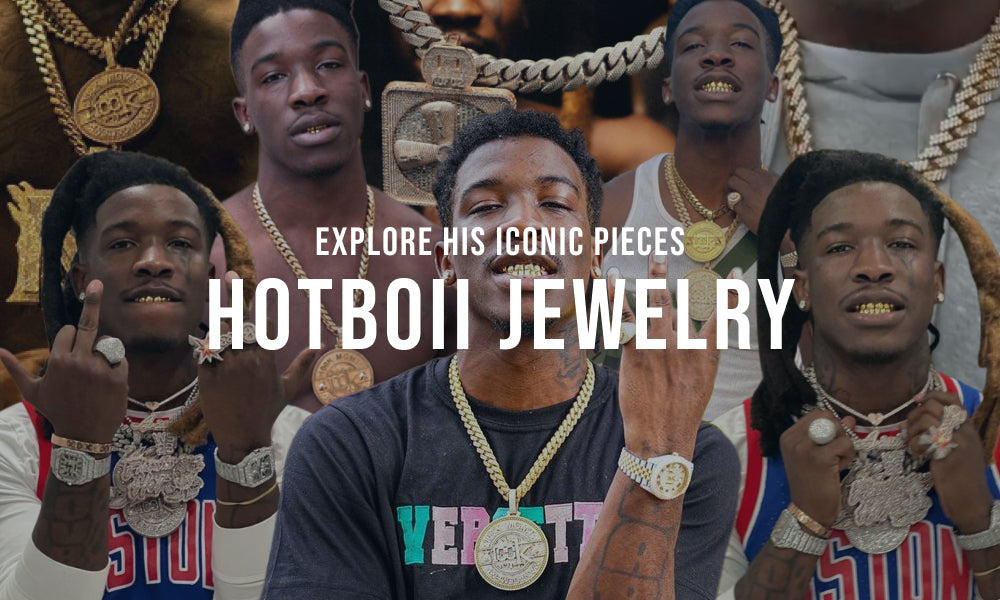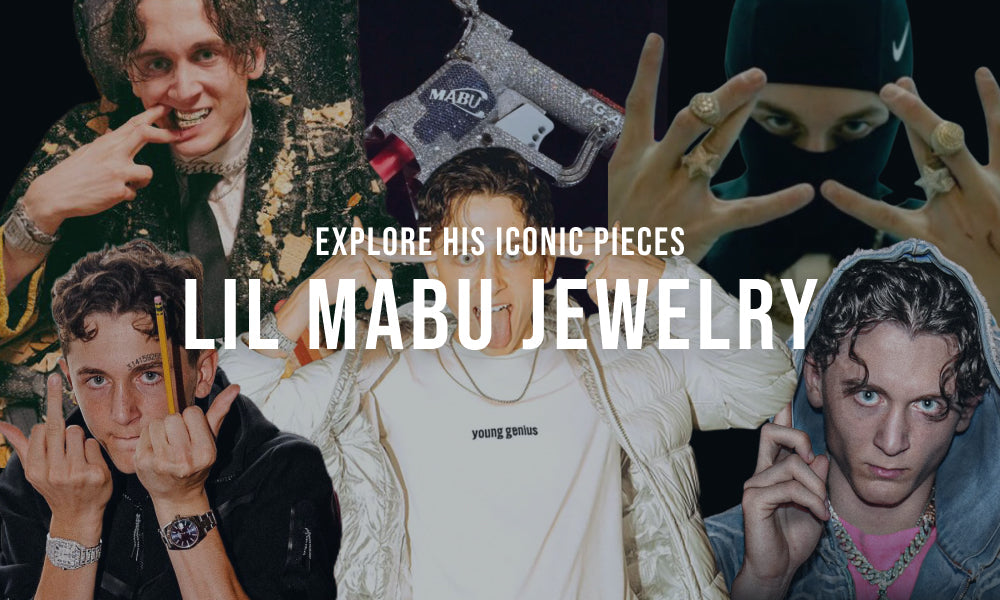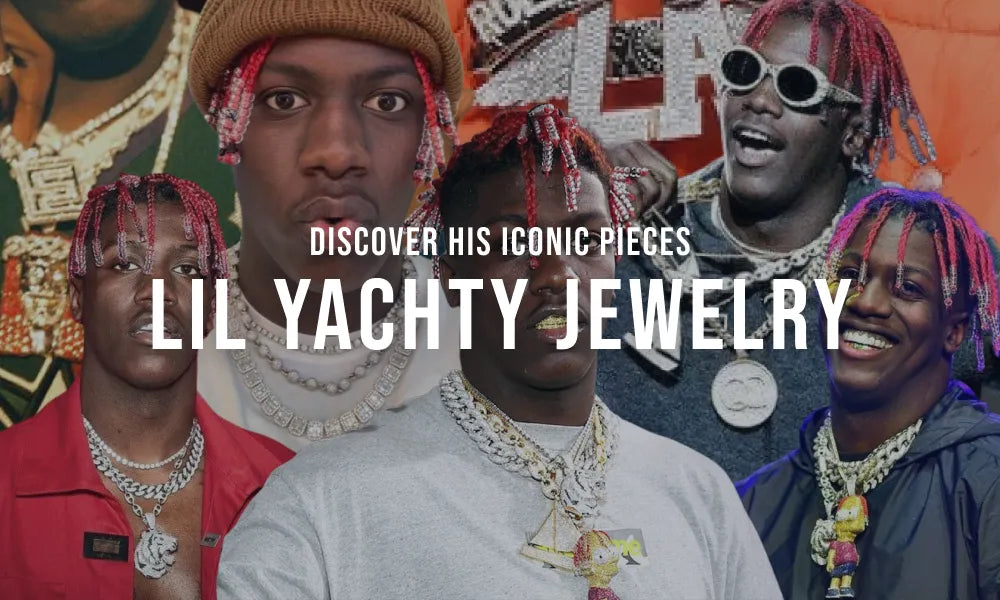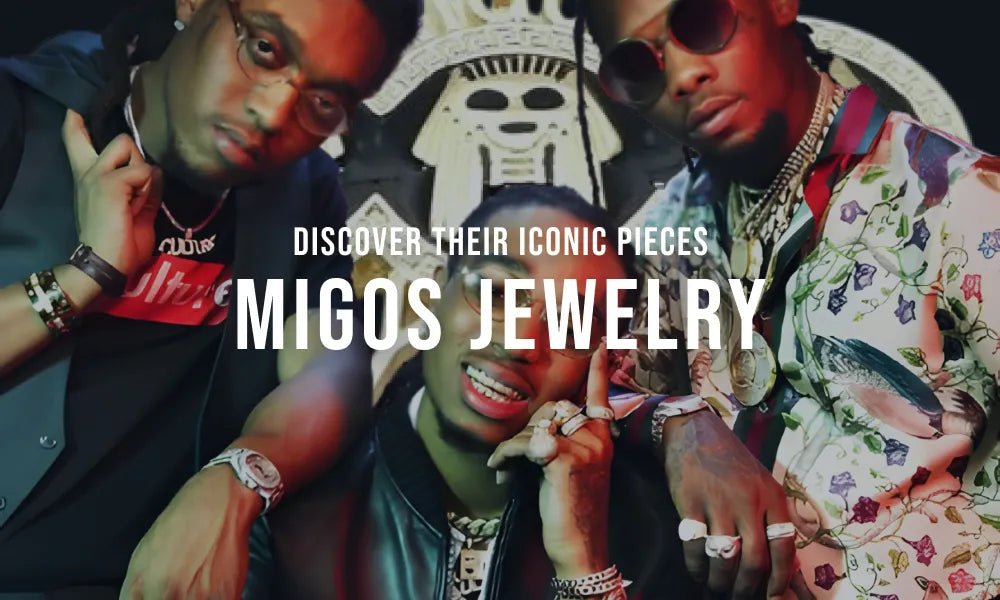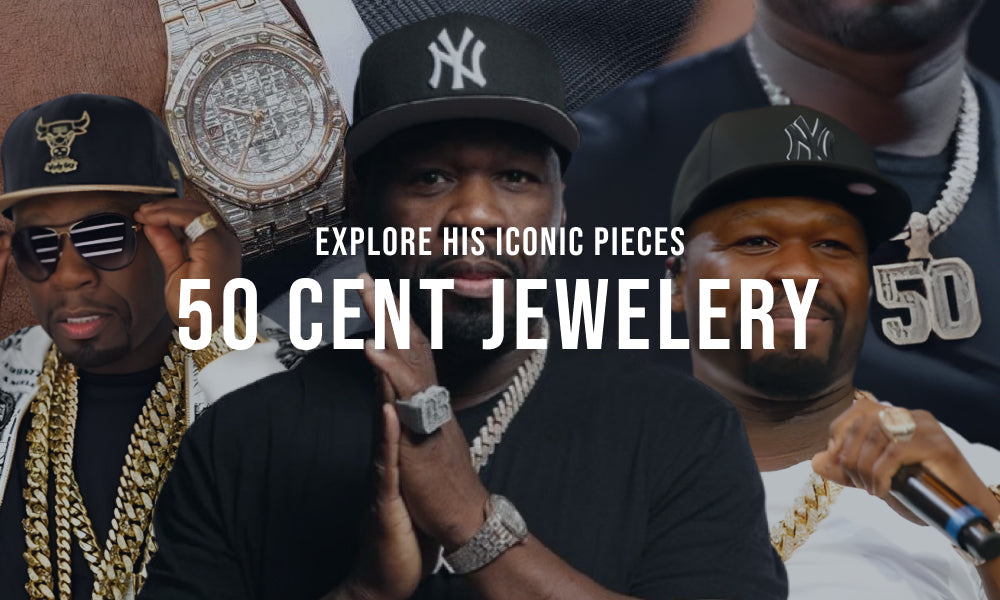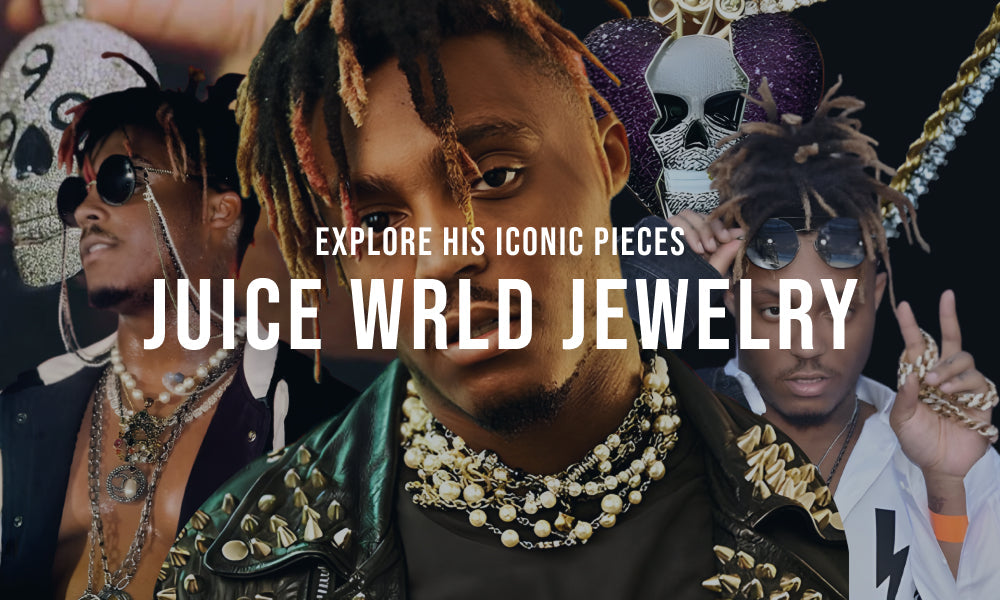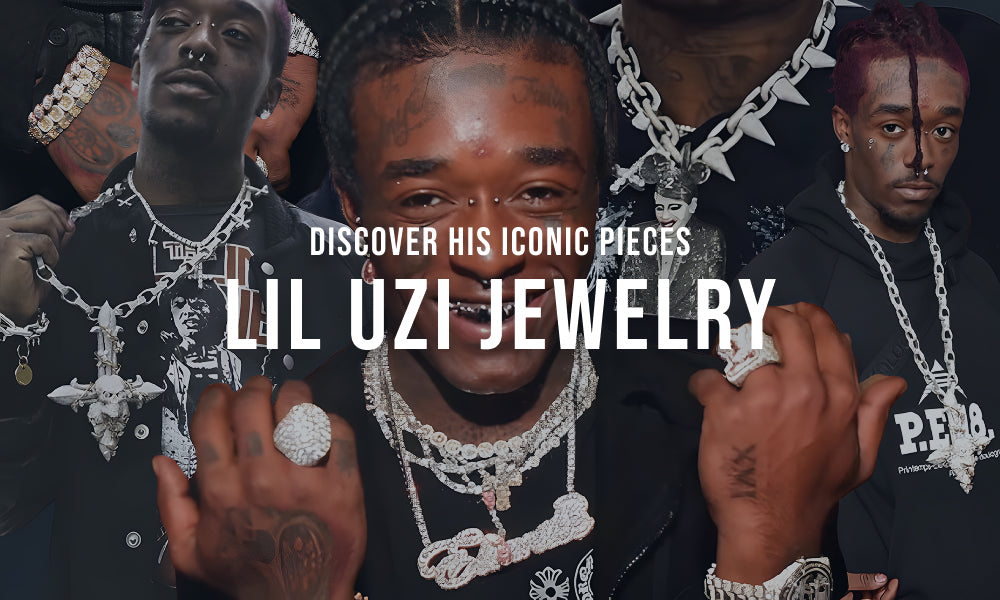Have you ever wondered why is moissanite so expensive? Producing moissanite is a costly process requiring exceptional skill and extended time in a controlled laboratory setting.
This blog post will cover the importance and popularity of moissanite within the jewelry industry, why it is in-demand, and how it relates to cost vs. value. Since lab-grown moissanite has found a permanent niche within the fine jewelry market, it has increased in popularity due to its many positive attributes which will be covered in this online article.
Understanding Moissanite's Value

Durability
Minerals are ranked on the Mohs scale of hardness, a convenient way of identifying objects and their scratch resistant tendencies. This easy to understand scale ranks scratch resistant tendencies on a scale of 1-10.
Moissanite rates 9.25, making it an extremely scratch-resistant mineral. Diamond—which is famous for its hardness, rates 10/10. This means moissanite is hard, durable, beautiful, and brilliant, able to withstand years of wear and tear.
Proper maintenance and care is required as no object is indestructible; like diamond, moissanite can also scratch, break, chip, or show damage if it is exposed to harsh activities, dropped, or other unfortunate accidents.
Fire
Moissanite is remarkably brilliant with a high refractive index of 2.65 to 2.69, giving it an adamantine luster and noticeable double refractivity. This makes moissanite the most brilliant stone in the world--more brilliant than a diamond or other diamond simulant. When viewed under 10x magnification, moissanite exhibits a colorful and fascinating disco-ball or rainbow effect with noticeable doubling on the facet junctions.
Ethical
Moissanite is a lab-created gemstone that is sustainable, environmentally-friendly, and is an ethical alternative to natural earth-mined diamonds. Natural earth-mined diamonds are often associated with negative issues such as conflict and environmental impact because of harsh work conditions and disruption with mining.
Comparison to Diamond Prices
|
Moissanite is not a cheap, fake version of a diamond. Instead, moissanite is a high-quality man-made version of natural moissanite. Moissanite is also a more affordable option to diamond and other natural precious gemstones because of its lab origins–this means moissanite is widely available in different sizes, shapes, quality, and carat for your shopping convenience. Have the look you have always wanted and dreamed of with moissanite–it is less pricey per carat compared to natural diamond.
The Production Process: A Key Factor in Moissanite's Price
Moissanite Composition
Moissanite is composed of silicon carbide (SiC), with a carbon atom surrounded by four silicon atoms in a tetrahedral form. Synthetic moissanite is formed under controlled conditions using a combination of pressure and heat. It can take 2-3 months to produce a gem through a lengthy, time-consuming lab process.
High-Quality Raw Materials & Advanced Technology and Machinery: The lely process is used to create large silicon carbide crystals. This process involves heating high-purity silicon and carbon in an inert atmosphere in a controlled environment with skilled technicians specializing in this area.
Moissanite Crystal Creation: This process is used to create moissanite crystals replicating the ones found in nature by heating silicon carbide powder until it transforms into gas.
Cutting and Faceting: Moissanite is then cut and faceted, making it ready for jewelry setting. Moissanite is available in different shapes and carats, including round brilliant, marquise, princess, pear-shaped, Asscher, and more. Interested in learning about moissanite cuts? Check our blog, Best Cuts for Moissanite: All You Need to Know.
Research and Development Investments

Nobel Prize-winning chemist Dr. Henri Moissan (hence the name moissanite) discovered natural moissanite in 1893. Natural moissanite is actually very rare, typically found in kimberlites, lamproites, and meteorites, and only in very small quantities. This makes natural moissanite extremely expensive.
Want more information on this topic? Please see our blog, Have you ever wondered where does moissanite come from?
Scientists discovered a way to lab-produce moissanite, mimicking its stunning and unique beauty--only man made. Production for moissanite started in the 1990s with Charles & Colvard, a gemstone manufacturer/jewelry company that is the original creator of lab-grown moissanite.
Continuous Improvement and Innovations in Moissanite Production
Continuous improvement of moissanite production involves several aspects from the lab process:
Efficiency: The process of creating moissanite crystals can be time-consuming. Modern technology and various new methods may lead to less time and production costs, increasing sustainability and workload with the faster growth of gem-worthy crystals.
Quality & Standards: The quality of moissanite crystals continues to improve through superior growth processes, leading to more desirable moissanite crystals. These more streamline methods and continuous improvements result in higher quality moissanite with larger sizes, less color tint, and more versatility with crystal cutting and faceting.
Moissanite Concepts for Marketing and Branding Expenses, Creating Consumer Awareness, Building a Strong Brand Identity
The following are ideas for marketing and branding moissanite. Investing in fine jewelry also hikes up potential costs.
Marketing Online, In Person, By Mail, or Brick and Mortar Store: Creating an online presence is essential to building any brand or reputable expanding business. Utilizing social media like Facebook, Instagram, and Twitter and offering engaging content, reaching a broad audience with a few clicks, and building brand recognition has become easier and easier, accessible around the world. Creating captivating videos, photos, and reels draw new consumers in with your unique moissanite jewelry and sales/specials with songs, captions, and other noteworthy elements.
A trust-worthy website with high-quality crisp and clean images, detailed product descriptions highlighting the product and giving it desirability, and positive customer reviews all inforce consumer confidence and trust in the brand and the products.
Jewelry Events and Professional Trade Shows: Participating in trade shows and events such as the JCK, Intergem, West Coast Gem & Mineral Show, and other professional jewelry events/conventions invite brand new consumers and B2B prospects.
Social Media Influencer & Celebrity Partnerships and B2B Collaborations: Partnering with reputable jewelry designers and companies and having them carry your merchandise increases brand visibility in various store and online settings, reaching their customer base. Social media influencers and Hollywood celebrities showing their fans your beautiful bespoke moissanite jewelry with paid partnerships and other incentives are also ideas hiking up marketing costs.
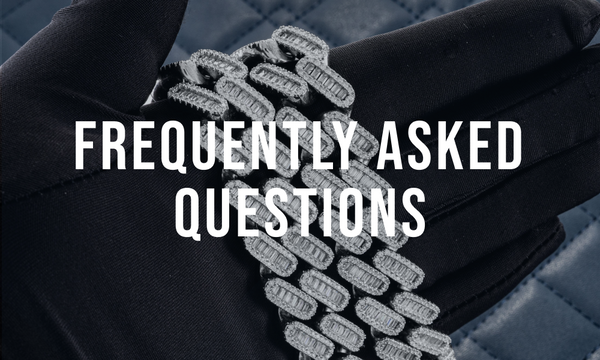
Frequently Asked Questions
Here are some common FAQs regarding the topic, why is moissanite so expensive?
Is buying moissanite worth it?
Moissanite is a worthy investment that also has some resale value. It is a sustainable, eco-friendly, and socially-conscious choice for those who love all the fire and sparkle of a diamond but at a fraction of the cost due to its lab origins. It is durable, hard, and high-quality. Are you interested to know if moissanite is worth it? Check out our blog, Is Moissanite Just a Marketing Scam?
What is the downside of moissanite?
Moissanite is created in a lab and may seem inferior to natural diamonds and other earth-mined minerals.
What specialties does moissanite have over other gemstones?
Get all the prestige of a natural diamond with lab-grown moissanite, a noticeably unique stone featuring fire, brilliance, and sparkle with its disco ball effect. Moissanite is available in various sizes, carat, and quality, making choosing the one you want easier because it is a more affordable and readily available diamond alternative. Please check our comprehensive blog on this topic, Moissanite vs. Diamond vs. Cubic Zirconia: A Comparison Guide.
Why are some moissanite more expensive?
The 4Cs:
Larger stones will command a higher price than smaller stones. Moissanite is graded according to the GIA 4Cs (cut, color, clarity, and carat). For more information, make sure to check out our other blog, What is VVS Moissanite? All You Need to Know.
Jewelry Brand
Superior craftsmanship and famous jewelry designers often command higher costs than common brick and mortar chain stores. We are pleased to present custom collections, such as moissanite rings, moissanite chains, moissanite pendants, moissanite bracelets, and moissanite earrings.
Several Factors Combined
The price of moissanite varies depending on several factors, including size, cut, quality, brand recognition, and when applicable, an authenticated certification from GIA or an independent laboratory.
Summary
Have you ever wondered why moissanite is so expensive? Moissanite has increased in popularity over the past decade, becoming one of the most sought-after natural diamond alternatives.
Moissanite is synthesized in a lab using modern technology and trained professionals through a lengthy process of growing crystals suitable for cutting and faceting into gem-worthy jewelry design.
Branding and promotion are imperative when introducing moissanite into the jewelry market. By building potential clientele interested in budget-friendly price points and environmental sustainability without losing out on beauty and glamor, moissanite has seen an uptake in relevance for those who love distinctive luxury.

















